Mercedes GLA vs VW Tiguan – Erot ja hinnat vertailussa
Vertaa suorituskykyä, tavaratilaa, kulutusta ja hintaa yhdellä silmäyksellä.
Ota selvää, kumpi auto on sinulle parempi valinta – Mercedes GLA vai VW Tiguan?
Mercedes-Benz vs. Volkswagen: A Comparative Analysis of SUVs
The automotive landscape is always evolving, with manufacturers vying for dominance in various segments. Among the most popular are the luxury and mainstream SUV markets, where brands like Mercedes-Benz and Volkswagen have created compelling offerings. This article delves into the technical aspects and innovations of both, highlighting their strengths and weaknesses to help buyers make informed decisions.
Powertrain Innovations
Both Mercedes-Benz and Volkswagen have embraced the modern trend of electrification, incorporating various engine types into their SUV lineups. Mercedes offers a diverse range of powertrains, including Petrol MHEV, Diesel, Plugin Hybrid, and traditional Petrol engines, producing power outputs ranging from 150 HP to a remarkable 421 HP.
In contrast, Volkswagen's models are also equipped with a selection of Petrol MHEV and Diesel engines, alongside Plugin Hybrids. VW's offerings span from 130 HP to 272 HP, showcasing a slightly less powerful lineup but still competitive in various specifications. Notably, both brands offer efficient combustion engines with environmentally friendly performance profiles.
Transmission and Drive Type
Regarding transmission, both brands predominantly utilize Automatic transmissions with dual-clutch technology, ensuring smooth gear changes and an engaging driving experience. Mercedes-Benz offers both Front-Wheel Drive and All-Wheel Drive systems, providing versatility for different driving conditions.
Similarly, Volkswagen adheres to the same principle, catering to diverse consumer needs. The choice between Front-Wheel Drive and All-Wheel Drive allows consumers to prioritize personal preferences and regional driving conditions, thus making both brands adaptable to their markets.
Performance Metrics
Acceleration figures are always a critical aspect of performance. In this category, Mercedes-Benz vehicles shine, with models capable of going from 0 to 100 km/h in as little as 4.3 seconds. This remarkable acceleration places Mercedes in a segment of its own, appealing to enthusiasts and those seeking pertinent driving experiences.
Volkswagen, while slightly behind in raw figures, showcases respectable performance metrics with models accelerating from 0 to 100 km/h in as little as 5.9 seconds. This difference caters to various preferences, with consumers who prioritize speed leaning towards Mercedes and those valuing practicality looking at Volkswagen.
Fuel Efficiency and Eco-Friendliness
With rising fuel costs and growing environmental awareness, fuel efficiency is a substantial consideration for buyers. Mercedes-Benz offers impressive consumption rates that average between 1.1 and 9.5 L/100km across its range. The brand also features a Plugin Hybrid option, significantly reducing consumption during urban driving.
Volkswagen counters with an equally impressive set of stats, showcasing consumption as low as 0.4 L/100km for its Plugin Hybrid models. This highlights VW’s commitment to sustainability, making it an appealing choice for eco-conscious drivers without compromising performance.
Interior Comfort and Technology
Mercedes-Benz is renowned for its luxurious interiors, characterized by high-quality materials, advanced infotainment systems, and spacious cabins. The brand consistently pushes for innovative technology integration, such as the MBUX system, offering voice recognition and extensive customization options.
In comparison, Volkswagen’s interior design leans towards a minimalist yet functional approach. The brand integrates its latest infotainment technology, including intuitive touch screens and digital dashboards. Although not as luxurious as Mercedes, VW ensures a comfortable and user-friendly experience.
Safety and Driver Assistance Features
Both brands pride themselves on providing robust safety features and driver assistance systems. Mercedes-Benz often leads the way with innovations such as active brake assist, lane-keeping assist, and adaptive cruise control, offering advanced technology to enhance driver confidence and vehicle safety.
Volkswagen also boasts a strong safety record, complementing its vehicles with comprehensive safety systems, including standard automatic emergency braking and blind-spot monitoring. Both manufacturers are committed to continuous improvement in safety, ensuring that their vehicles meet and exceed industry standards.
Conclusion: Choosing the Right SUV for You
The choice between Mercedes-Benz and Volkswagen ultimately depends on individual preferences and priorities. If luxury, advanced technology, and exhilarating performance are paramount, then Mercedes likely holds the upper hand. However, for those seeking excellent practicality, efficiency, and modern design without breaking the bank, Volkswagen emerges as a strong competitor.
As both manufacturers continue to innovate, the automotive market remains dynamic and exciting, making it essential for buyers to stay informed and choose a vehicle that best fits their lifestyle and aspirations.
Tässä mennään yksityiskohtiin: tekniset erot tarkemmin
Kustannukset ja kulutus: Hinta ja tehokkuus ovat usein ensimmäiset valintakriteerit auton ostossa. Tässä näkyy, kumpi malli on pitkällä aikavälillä edullisempi – tankatessa, ladatessa tai hankintahinnassa.
VW Tiguan on hinnassa vähän edullisempi – sen lähtöhinta on 38300 €, kun taas Mercedes GLA maksaa 45300 €. Ero on noin 7059 €.
Polttoaineenkulutuksessa näkyy ero: VW Tiguan kuluttaa 0.40 L ja on siten ratkaiseva taloudellisempi kuin Mercedes GLA, jonka kulutus on 2.90 L. Ero on noin 2.50 L /100 km.
Toimintamatkassa VW Tiguan suoriutuu selvä paremmin: se yltää jopa 129 km:een, noin 55 km enemmän kuin Mercedes GLA.
Moottori ja suorituskyky: Moottorin alta paljastuu, kumpi malli on urheilullisempi ja kiihtyy paremmin.
Moottoritehossa Mercedes GLA on ilmeinen etulyöntiasemassa – 421 hv verrattuna 272 hv:een. Ero on noin 149 hv hv.
Kiihdytyksessä 0–100 km/h Mercedes GLA on ilmeinen nopeampi – 4.30 s vs. 5.90 s. Ero on noin 1.60 s sekuntia.
Huippunopeudessa Mercedes GLA on pienessä määrin edellä – se yltää 270 km/h:een, kun taas VW Tiguan saavuttaa 242 km/h. Ero on noin 28 km/h.
Vääntömomentissa näkyy myös ero: Mercedes GLA vetää hieman voimakkaammin, 500 Nm verrattuna 400 Nm:een. Eroa on noin 100 Nm.
Tila ja käytännöllisyys: Tehon ohella arjessa ratkaisevat mukavuus ja käytännöllisyys. Tässä selviää, kumpi auto on monipuolisempi ja tilavampi.
Molemmissa autoissa on tilaa 5 henkilölle.
Omapainossa Mercedes GLA on melkein huomaamaton kevyempi – 1570 kg verrattuna 1599 kg:een. Painoero on noin 29 kg.
Tavaratilan koossa VW Tiguan tarjoaa huomattava enemmän – 652 L verrattuna 435 L:een. Ero on noin 217 L.
Maksimikantavuudessa VW Tiguan pärjää jonkin verran paremmin – jopa 1650 L, noin 220 L enemmän kuin Mercedes GLA.
Kantavuudessa VW Tiguan on kevyt parempi – 533 kg verrattuna 500 kg:een. Ero on noin 33 kg.
Yhteenvetomme: VW Tiguan osoittautuu olevan antaa kilpailijalle vähän mahdollisuuksia ja saa siksi tittelin DriveDuel Champion!
Tässä vertailussa VW Tiguan on monipuolisempi kokonaisuus.
Mercedes GLA
GLA on erinomaisen kompakti crossover, joka yhdistää tyylikkään muotoilun ja käytännöllisyyden. Sen tilava sisustus tarjoaa mukavuutta sekä kuljettajalle että matkustajille, ja sen ajettavuus on yllättävän sporttinen. GLA:n modernit teknologiat ja turvallisuusominaisuudet tekevät siitä erinomaisen valinnan urbaanille kuljettajalle.
Tiedot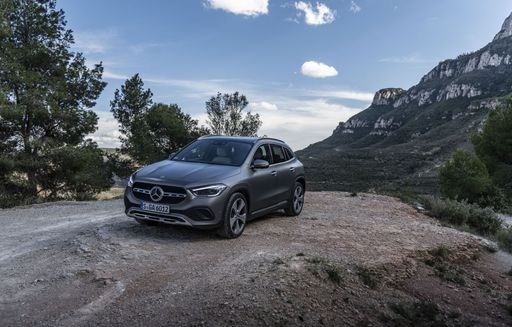 @ group-media.mercedes-benz.com
@ group-media.mercedes-benz.com
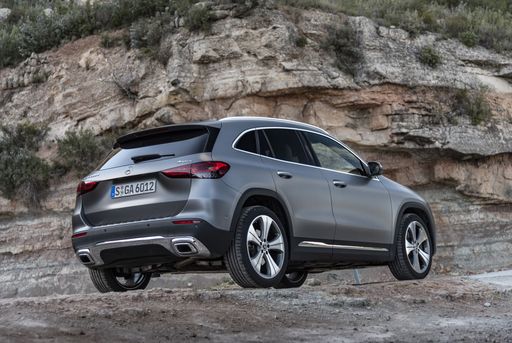 @ group-media.mercedes-benz.com
@ group-media.mercedes-benz.com
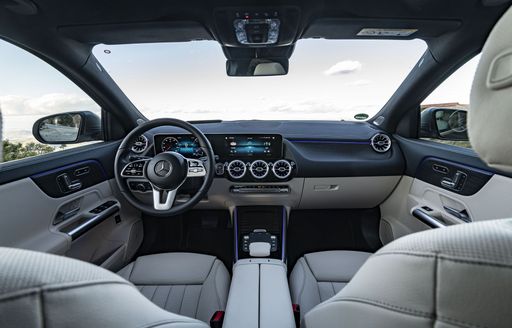 @ group-media.mercedes-benz.com
@ group-media.mercedes-benz.com
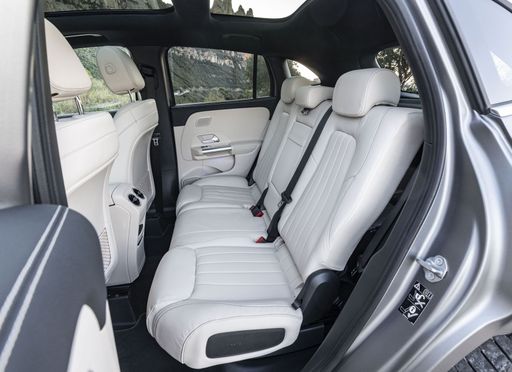 @ group-media.mercedes-benz.com
@ group-media.mercedes-benz.com
VW Tiguan
Volkswagen Tiguan yhdistää tyylikkyyden ja käytännöllisyyden erinomaisella tavalla. Sen tilava sisustus tarjoaa mukavuutta kaikille matkustajille, samalla kun modernit teknologiat tekevät ajokokemuksesta miellyttävän. Tiguanin maasto-ominaisuudet ja taloudellisuus tekevät siitä houkuttelevan vaihtoehdon niin kaupunkiajamiseen kuin pidemmillekin matkoille.
Tiedot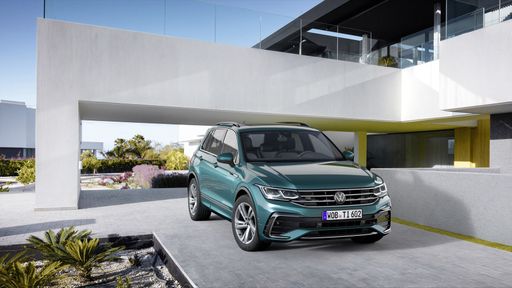 @ Volkswagen
@ Volkswagen
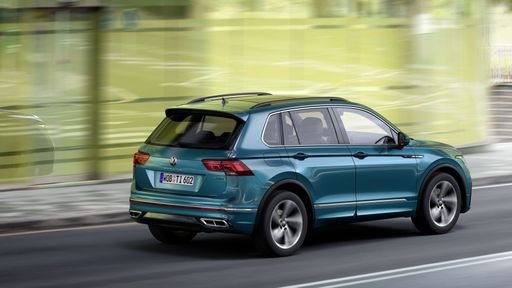 @ Volkswagen
@ Volkswagen
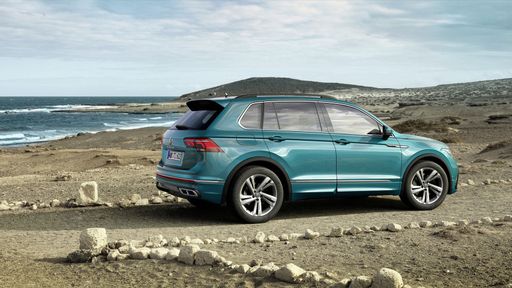 @ Volkswagen
@ Volkswagen
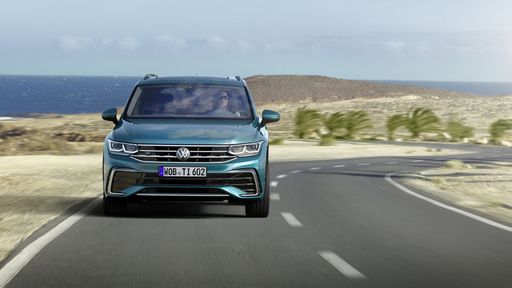 @ Volkswagen
@ Volkswagen
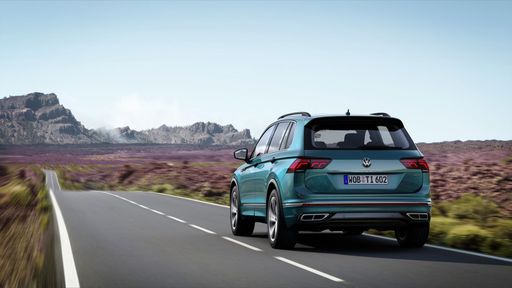 @ Volkswagen
@ Volkswagen
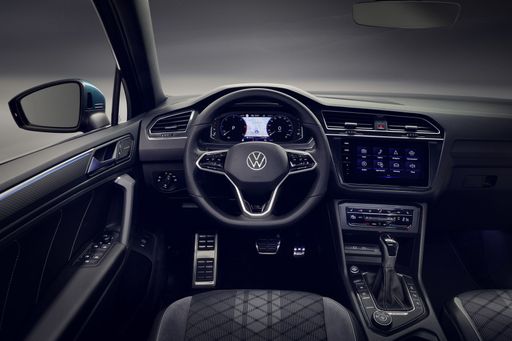 @ Volkswagen
@ Volkswagen

|

|
|
|
|
Kustannukset ja kulutus |
|
|---|---|
|
Hinta
45300 - 87900 €
|
Hinta
38300 - 60500 €
|
|
Kulutus L/100km
2.9 - 9.5 L
|
Kulutus L/100km
0.4 - 8.4 L
|
|
Kulutus kWh/100km
-
|
Kulutus kWh/100km
-
|
|
Sähköinen toimintasäde
74 km
|
Sähköinen toimintasäde
119 - 129 km
|
|
Akun kapasiteetti
12.90 kWh
|
Akun kapasiteetti
19.70 kWh
|
|
CO2
66 - 216 g/km
|
CO2
8 - 190 g/km
|
|
Polttoainesäiliön tilavuus
35 - 51 L
|
Polttoainesäiliön tilavuus
45 - 58 L
|
Mitat ja kori |
|
|---|---|
|
Kori
SUV
|
Kori
SUV
|
|
Istuimet
5
|
Istuimet
5
|
|
Ovet
5
|
Ovet
5
|
|
Omamassa
1570 - 1810 kg
|
Omamassa
1599 - 1890 kg
|
|
Tavaratila
385 - 435 L
|
Tavaratila
490 - 652 L
|
|
Pituus
4412 - 4443 mm
|
Pituus
4539 mm
|
|
Leveys
1834 - 1849 mm
|
Leveys
1842 - 1859 mm
|
|
Korkeus
1590 - 1616 mm
|
Korkeus
1656 - 1658 mm
|
|
Maksimi tavaratila
1385 - 1430 L
|
Maksimi tavaratila
1486 - 1650 L
|
|
Kantavuus
480 - 500 kg
|
Kantavuus
460 - 533 kg
|
Moottori ja suorituskyky |
|
|---|---|
|
Moottorityyppi
Plug-in hybridi, Bensiini MHEV, Diesel, Bensiini
|
Moottorityyppi
Plug-in hybridi, Bensiini, Bensiini MHEV, Diesel
|
|
Vaihteisto
Automaatti
|
Vaihteisto
Automaatti
|
|
Vaihteiston tyyppi
Kaksoiskytkin automaatti
|
Vaihteiston tyyppi
Kaksoiskytkin automaatti
|
|
Vetotapa
Etuveto, Neliveto
|
Vetotapa
Etuveto, Neliveto
|
|
Teho hv
116 - 421 hv
|
Teho hv
130 - 272 hv
|
|
Kiihtyvyys 0-100 km/h
4.3 - 11 s
|
Kiihtyvyys 0-100 km/h
5.9 - 10.6 s
|
|
Huippunopeus
190 - 270 km/h
|
Huippunopeus
198 - 242 km/h
|
|
Vääntömomentti
230 - 500 Nm
|
Vääntömomentti
220 - 400 Nm
|
|
Sylinterien lukumäärä
4
|
Sylinterien lukumäärä
4
|
|
Teho kW
85 - 310 kW
|
Teho kW
96 - 200 kW
|
|
Iskutilavuus
1332 - 1991 cm3
|
Iskutilavuus
1498 - 1984 cm3
|
Yleiset |
|
|---|---|
|
Mallivuosi
2024 - 2025
|
Mallivuosi
2024 - 2025
|
|
CO2-tehokkuusluokka
B, E, F, G
|
CO2-tehokkuusluokka
B, G, D, E, F
|
|
Merkki
Mercedes-Benz
|
Merkki
VW
|
Mitä vetotapavaihtoehtoja Mercedes GLA tarjoaa?
Saatavilla olevat vaihtoehdot: Etuveto tai Neliveto.
Näytetyt hinnat ja tiedot ovat arvioita, jotka perustuvat Saksan listahintoihin, ja voivat vaihdella maittain. Nämä tiedot eivät ole oikeudellisesti sitovia.
